Montreal
Phi is a Montreal-based multidisciplinary arts and culture organization dedicated to the arts in all their forms and located at the intersection of art, film, music, design and technology. At PHI GARDEN, visitors can take a virtual stroll through the current exhibition “Emergence & Convergence“, which examines our humanity in relation to our planet and all living things. In the exhibition, Canadian and international artists address our perception of the world and how confinement affects our collective consciousness. “Emergence & Convergence” proposes complex explorations of a future in which the fusion of nature and technology could become a new ecology.
In addition to the exhibition, interviews will be shown that reveal insights into the creative process and the visions behind it. In a discussion with the artists more about the curatorial concept of the exhibition can be learned.
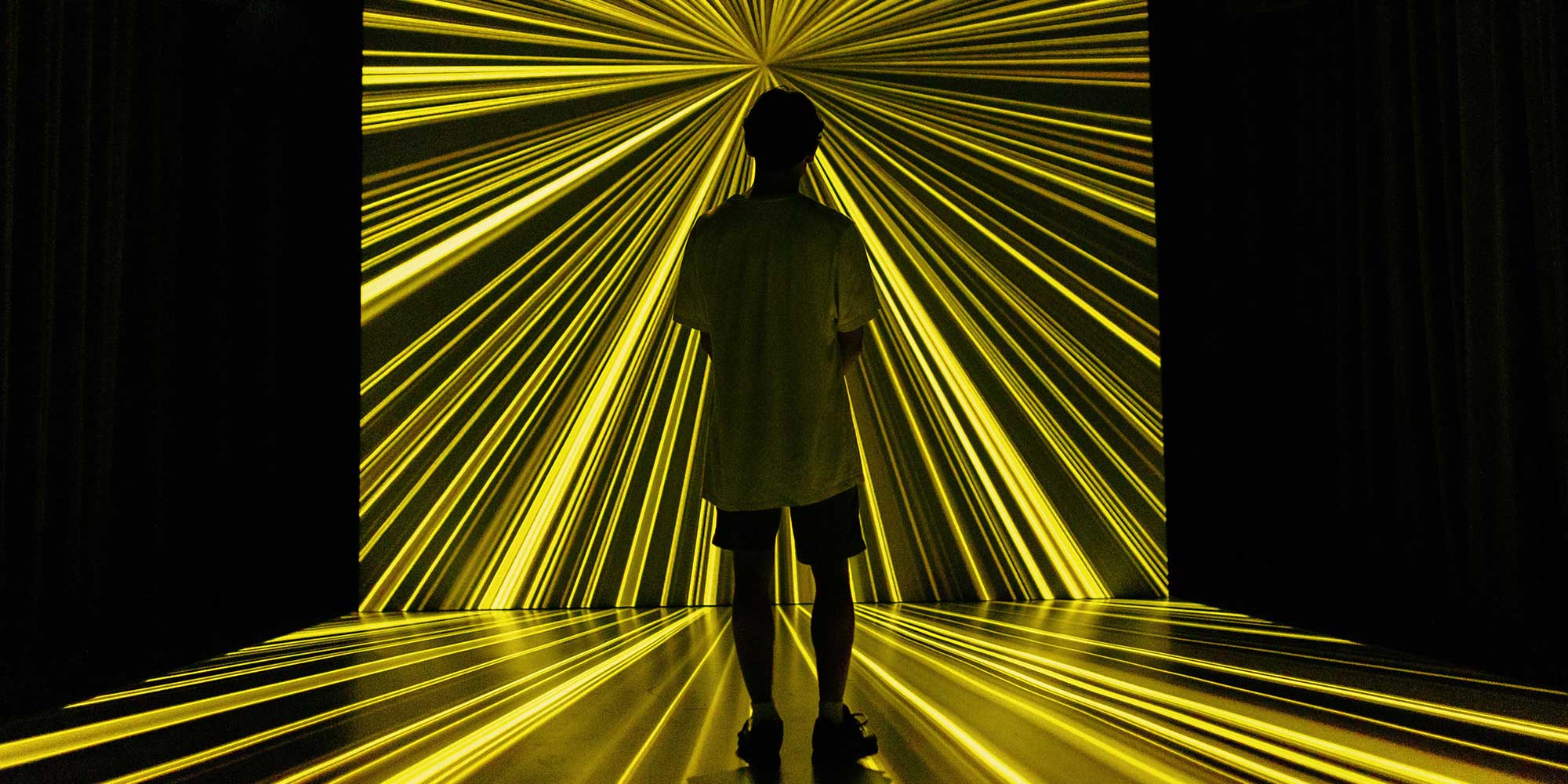
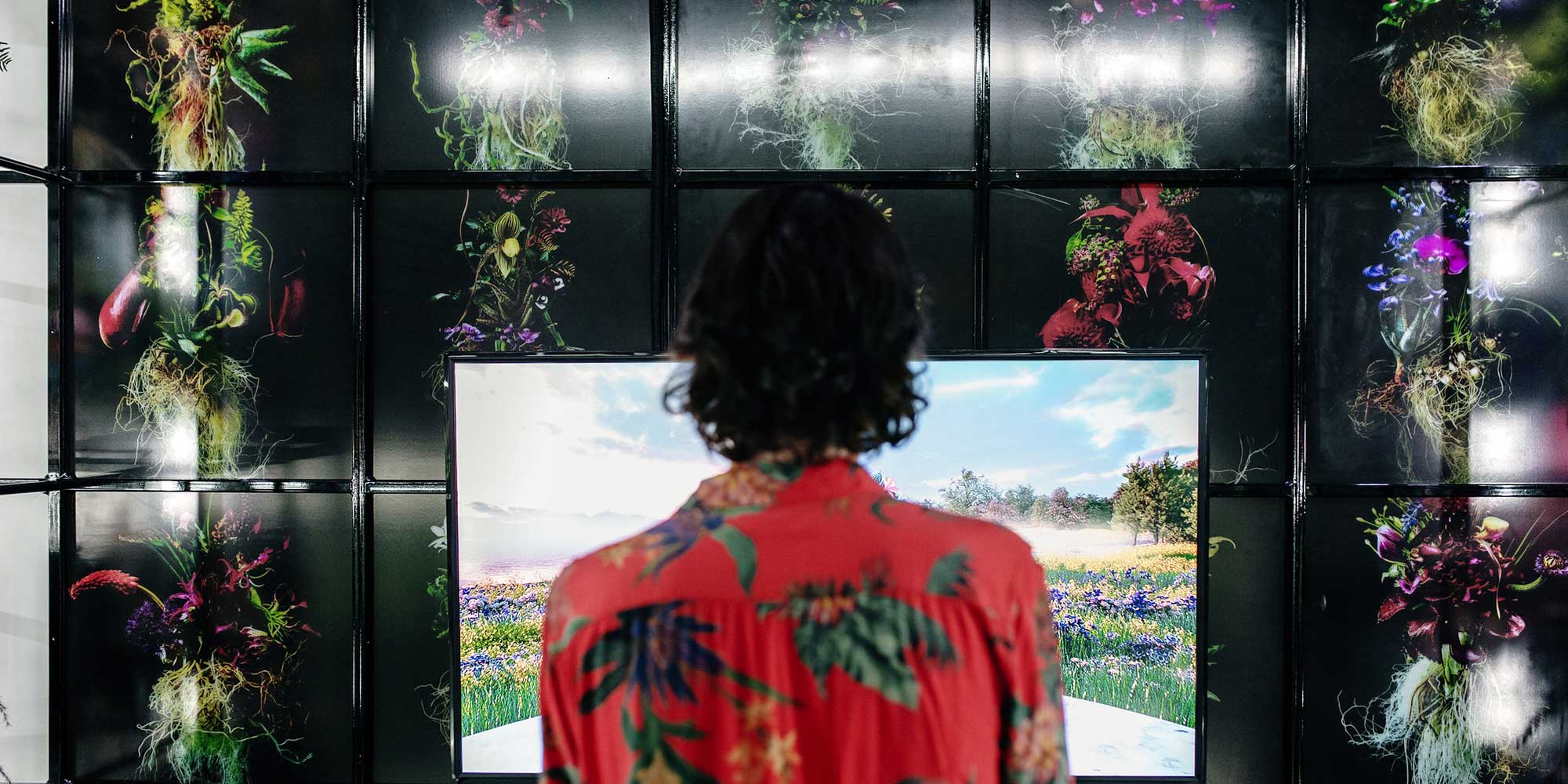
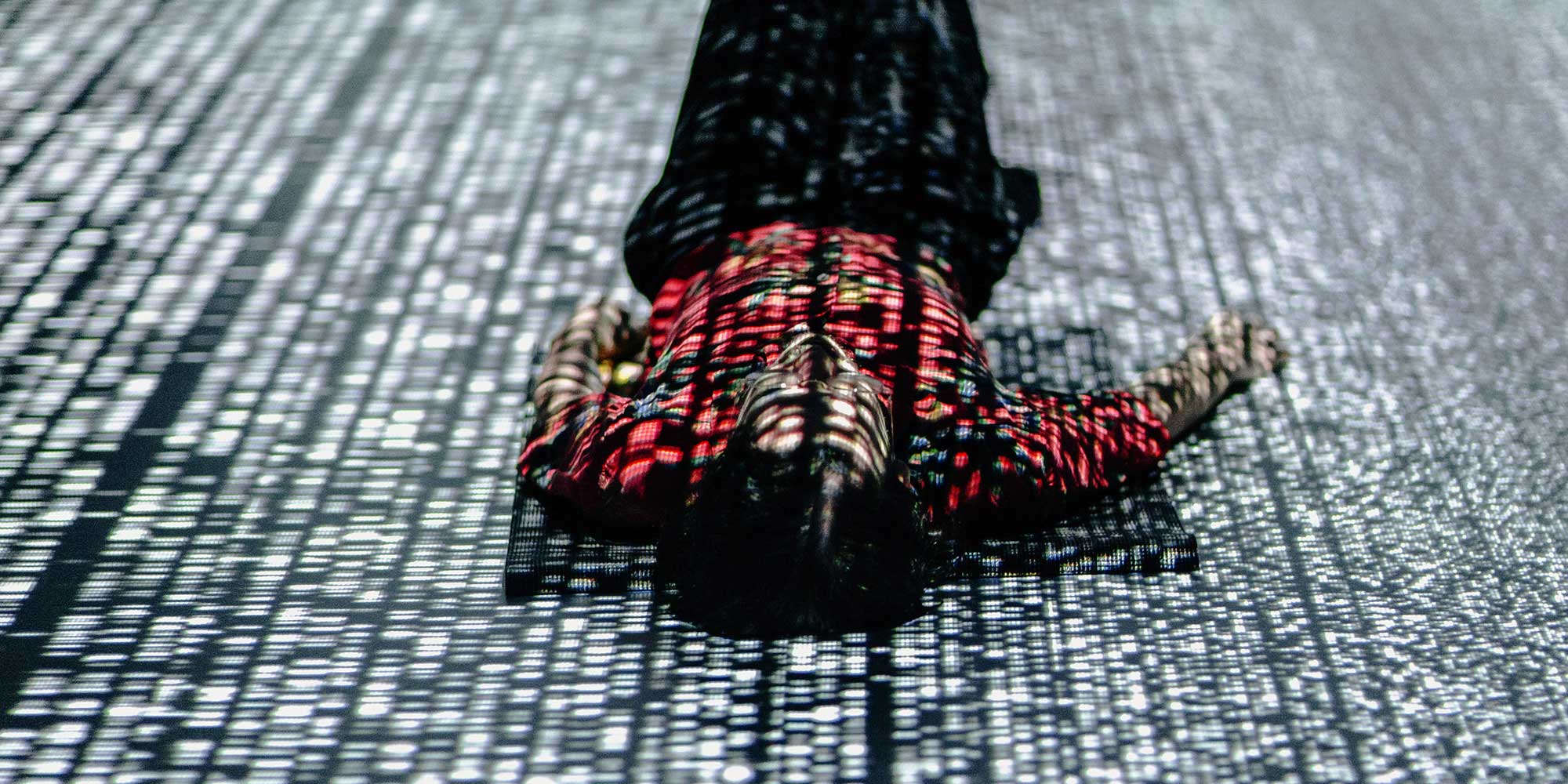
Cambridge
The Cambridge Garden of the Tangible Media Group / MIT Media Lab is dedicated to the tension between presence and absence as fundamental states of being, using legendary media art works and cutting-edge research projects as examples. The garden presents the latest discoveries in research on “Tangible Telepresence”, as well as dynamic computer materials which, as “Radical Atoms”, could open up completely new forms of human-material interaction. You can experience “Beyond Being There” by Jim Hollan from 1997, “inTouch” by TMG from 1998 or “Mirror Fugue” by Xiao Xiao from 2013.
With “Space has arrived” from the Space Research Initiative, we are right in the middle of the development of space technology – from astrobacterial wearables and freely accessible and shareable cube constellations to musical instruments for our space trips and floating space habitats. In workshops, the question is explored whether the – secular – society can learn something from how astronauts deal with the extreme situation in space, how a new journey to the moon will take place and how people can learn for the future. The digital exhibition “Sojourner” shows the most exciting proposals of artists to design an exciting ISS launch.
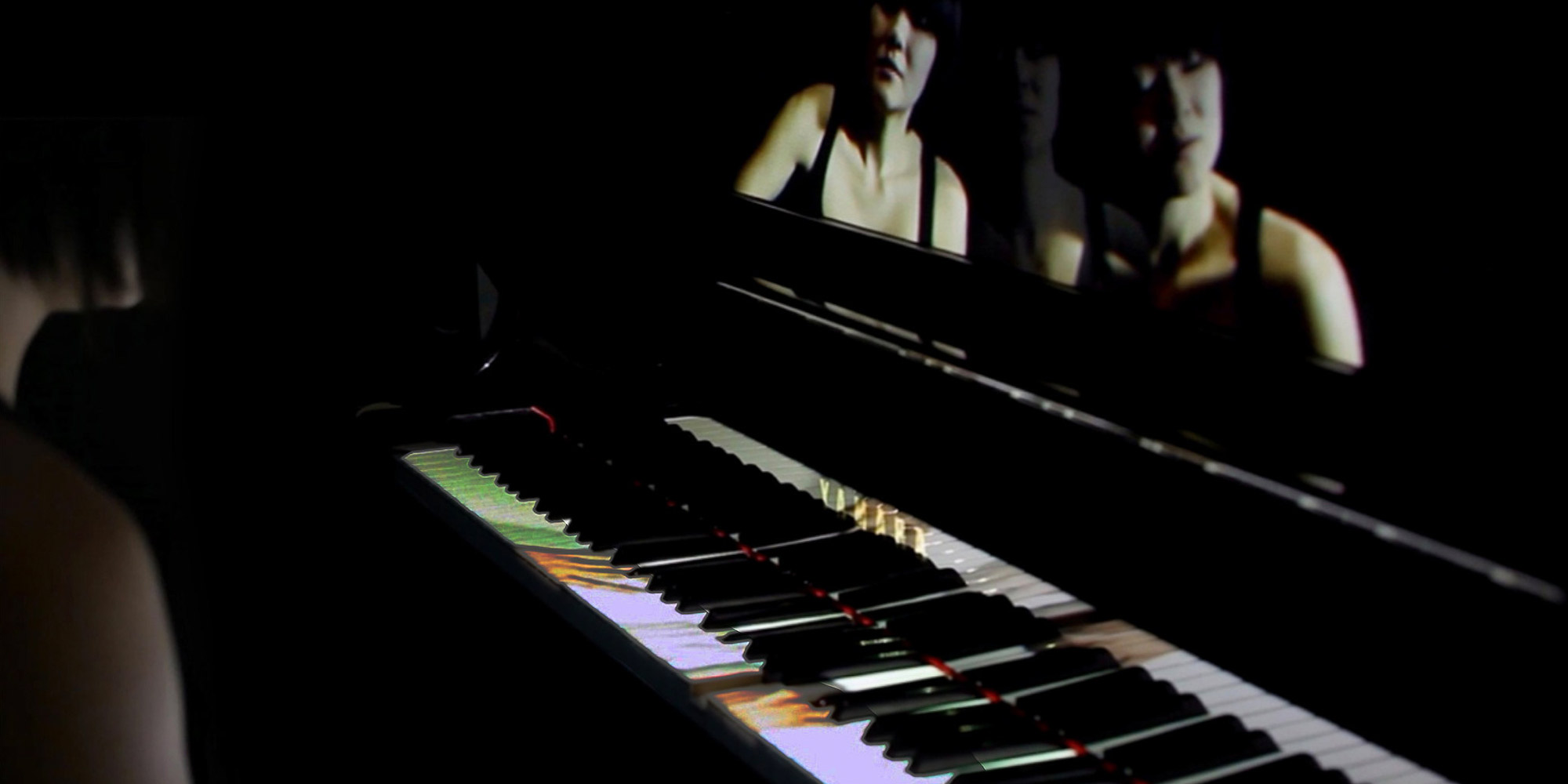
Chicago
In 1969, the School of the Art Institute Chicago (SAIC) hosted a course at the interface of art, science and technology – and it was precisely this approach that led to the founding of the Department of Art and Technology Studies. Since then, the program has continually pioneered the use of new technologies in contemporary art, developed new models of artistic practice, and integrated these models into the curriculum of one of the most influential art and design schools in the world.
On view at the Ars Electronica Garden Chicago is [Dis]position, a virtual exhibition space that fuses digital and physical artworks and environments. The artworks in the exhibition symbolize the urgency of rethinking our collective reality. The prefix “dis-” makes the works of art in the exhibition a reversing force and can be found in all parts: [Dis]possess, [Dis]location, [Dis]place, [Dis]connect, [Dis]content, [Dis]orient.
Berkeley
The Center for New Music and Audio Technologies (CNMAT) is dedicated to the creative use of sound and connects the concert hall with the laboratory by researching and screwing at the interface of artificial intelligence and music. The projects presented at Ars Electronica Garden Berkeley revolve around machine hearing, the conversion of music into data and composable algorithms.
ALICE, ALICES UNCHAINED and THE FLOWER MATRIX is a long-term joint project by media artist Claudia Hart and composer Edmund Campion. They have been working on ALICES, a series of works inspired by Alice in Wonderland, since 2013. This film documents the history of the ongoing project with excerpts from some of the works as well as interviews with the artists and staff.
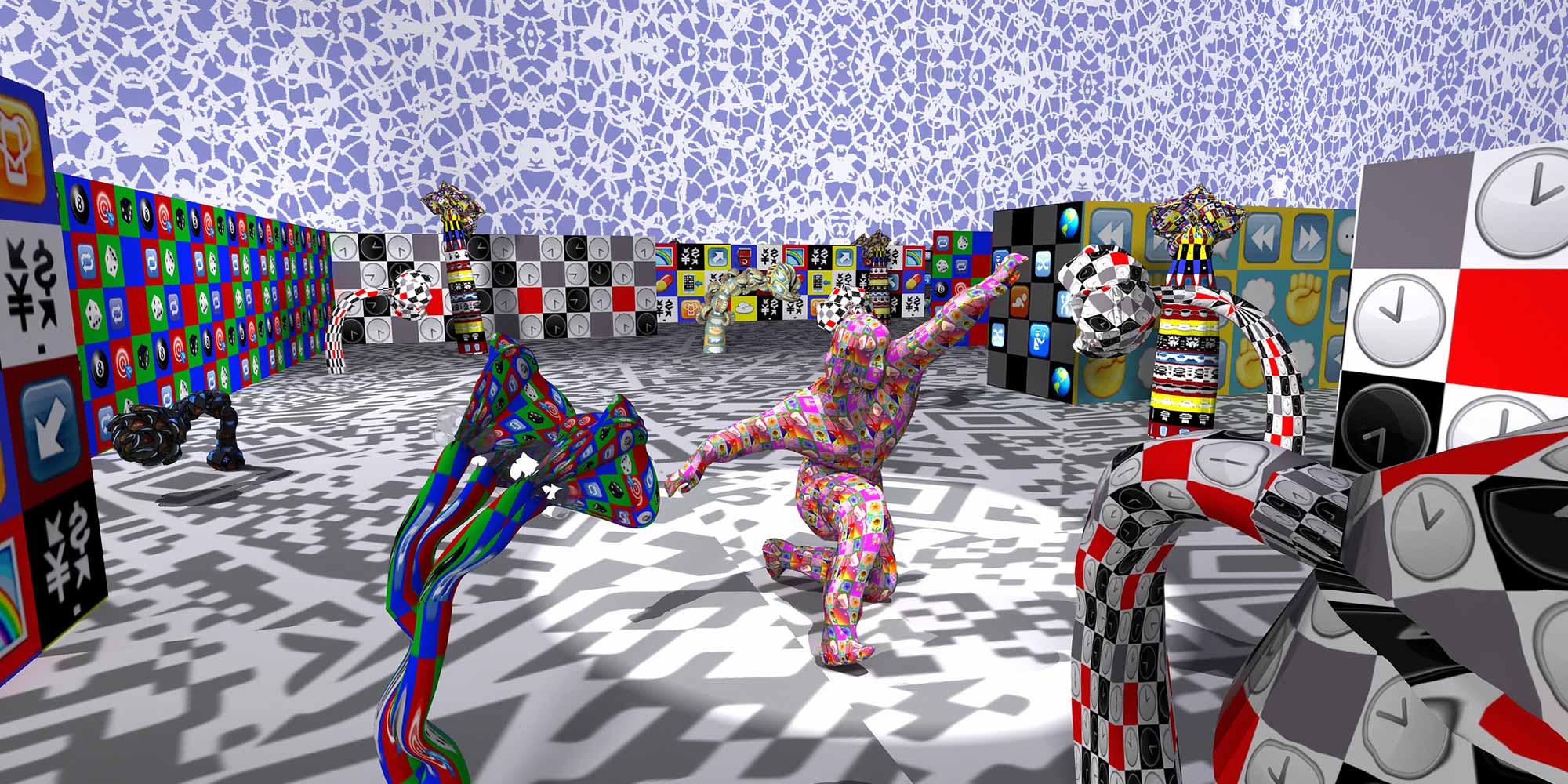

Silicon Valley
Silicon Valley as an IT and high-tech Mecca often seems like a closed society. With a new format – The Grid: Exposure – interdisciplinary and international cooperation is to be born, overcoming deadlocked and isolated thinking. The new annual festival format is a Art + Tech Expo in San Francisco that shows the enormous creative potential of Silicon Valley by confronting the global community with its ideas. For example, it questions the boundary that separates artists from machines, since recent advances have made it possible for art to be created and executed entirely by algorithms. But does this make the machine an artist? Only the opening question in a series of exciting events.
The Grid is also an important garden for this year’s AIxMusic-Festival, which took place for the first time in 2019 and was a great success in the magnificent setting of the St. Florian monastery. This year the AIxMusic-Festival focuses on a deep insight into the latest research results and artistic practices developed in connection with Artificial Intelligence.
At the Opening Ceremony, after the keynotes by Gerfried Stocker and Robert Viola, performances by Edmund Campion, Andrew Blanton and Laetitia Sonami will be presented as well as a panel discussion on the topic “The Taming of Technology”. There will also be a Hackathon, a panel discussion on differences and overlap between artist*in and machine and a discussion round on AI and literature.

Los Angeles
In Los Angeles we visit the famous UCLA. The ArtSci Center located here invites us to a garden for art, technology and society, dedicated to network ecologies. “Telluric Vibrations” presents an exhibition, workshops and a symposium in a botanical garden and of course in virtual space. From this location, new and unusual paths are to be taken – just as a plant grows upwards into the atmosphere and takes root downwards, it is important to create nodes for interactions that bridge the gap between species, technologies and cultures.
Long Beach
“Returning the Gaze” by Behnaz Farahi is an interactive 3D online exhibition that deals with the gaze and masquerade as strategy. This is done either through exhibits that illustrate the gaze and voices of marginalized groups, or through projects that explore how masks can conceal or reveal identities. The idea is to use art and technology in combination with critical thinking to convey a strong political message.
For example, the latest exhibition “Can the Subaltern Speak?” is inspired by historical masks worn by women in southern Iran. They were created during Portuguese colonial rule to protect the wearer from the gaze of slave masters who were looking for beautiful women.
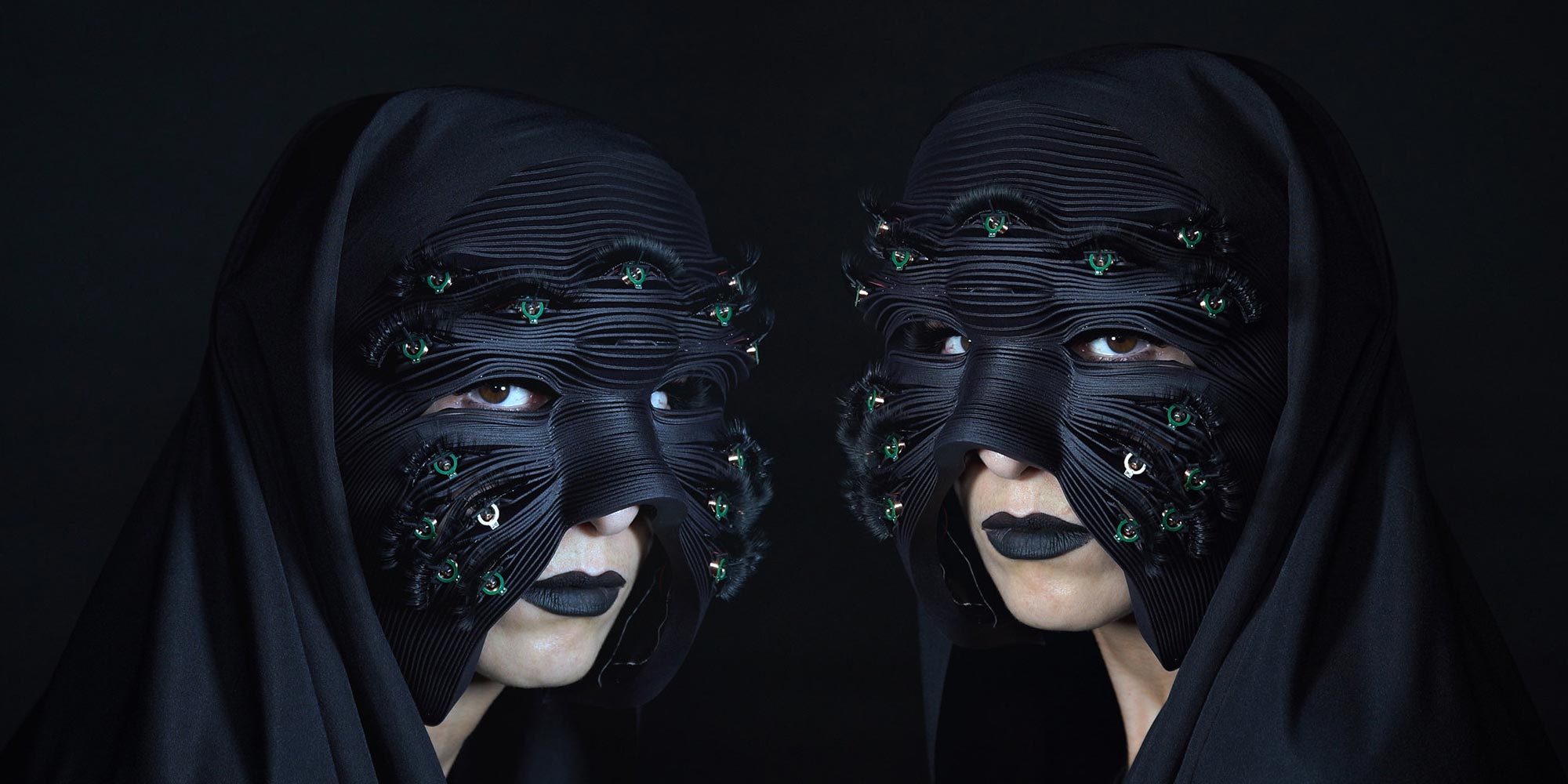
Tequila
Tech-ila ARTesano Coolture is a collaboration of various institutions under the guidance of MAD MACHINA. Its goal is to provide insights into the region of Tequila and to develop it while preserving its identity and in the spirit of sustainability. From September 9 to 13, the region will become a center of research, knowledge, biodiversity and hacks. The goal of these activities is to seek solutions to the current reality despite the physical distance, to meet each other with resilience, to develop thoughts for building identities through diversity, a better understanding of the country’s products and a sustainable economy.

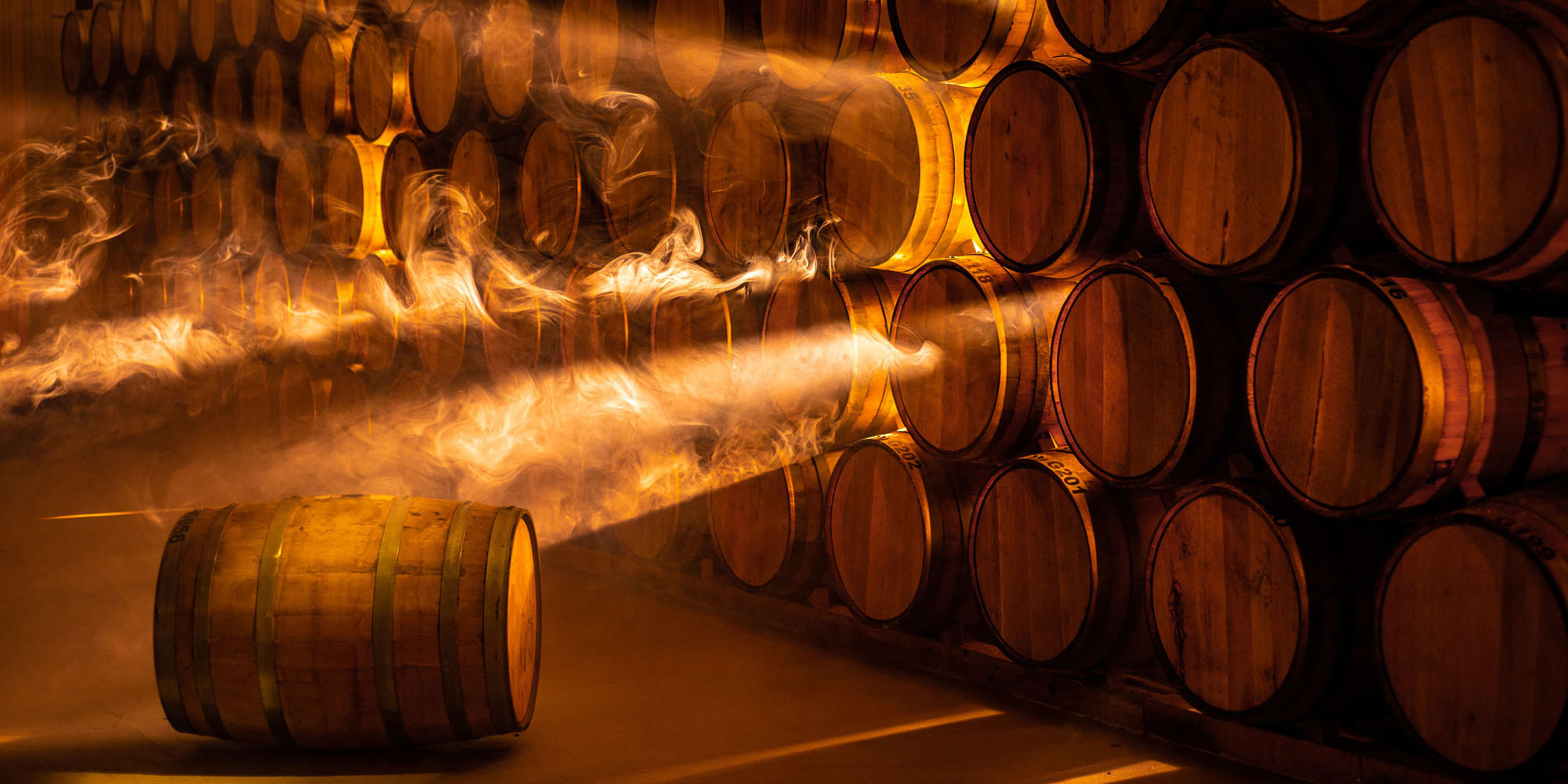
You can read more about the Ars Electronica Festival on this website, moreover, under the motto “Inside Festival” we have exciting new video contributions from all over the world for you every week, and on our social media channels we’re also constantly giving outlooks and insights into what to expect this year.